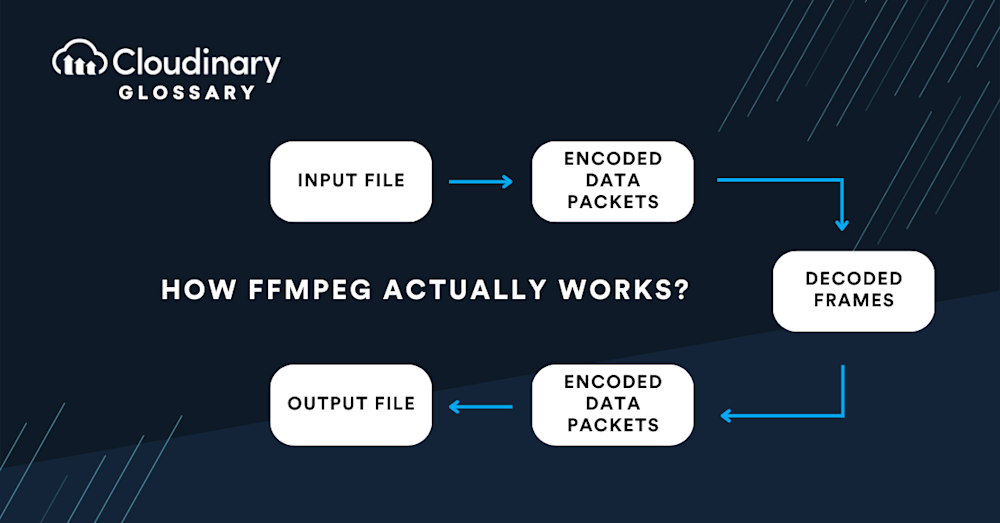Transcoding is the process of converting a video file into a different format. Different formats are used for other devices and platforms, so you can encode your video to make it compatible with a new device or platform. However, when it comes to performing this, it’s not as simple as just clicking a button.
What Is FFmpeg?
Starting in 2000, Fast Forward Moving Picture Experts Group (FFmpeg) created a free and open-source software project comprising libraries and programs that help process audio and video files. At the core is its namesake tool, ffmpeg, which is used for transcoding, but they also offer other tools for playing or inspecting media files.
FFmpeg is an open-source command-line tool that can convert audio and video files. Developers can use it to convert files between formats, trim the length of a video clip, and even extract individual frames from videos.
Why Is FFmpeg So Popular?
The reason the tool is so popular is purely due to how flexible it is. On the surface, it’s a simple command line tool that can read and write media files. But as you explore the numerous options, you’ll see that it can do much more, such as:
- Setting video bitrate
- Changing the output framerate
- Setting up filtergraphs
- Mapping stream selections
- Encode, transcode and decode videos
And more!
Serving Your Media with Cloudinary
You can set up a complex FFmpeg installation into your pipeline, but this can take hours to integrate and can drain your resources if you need to do it frequently. Instead, you should be using Cloudinary!
Delivering a video in the best format can be easily automated with Cloudinary’s format selection feature. You can combine this with automatic quality selection for a powerful and dynamic solution that delivers all your videos using minimal bandwidth and maximum quality.
You don’t need any special equipment or software – just sign up for a free trial and start uploading your videos today!



